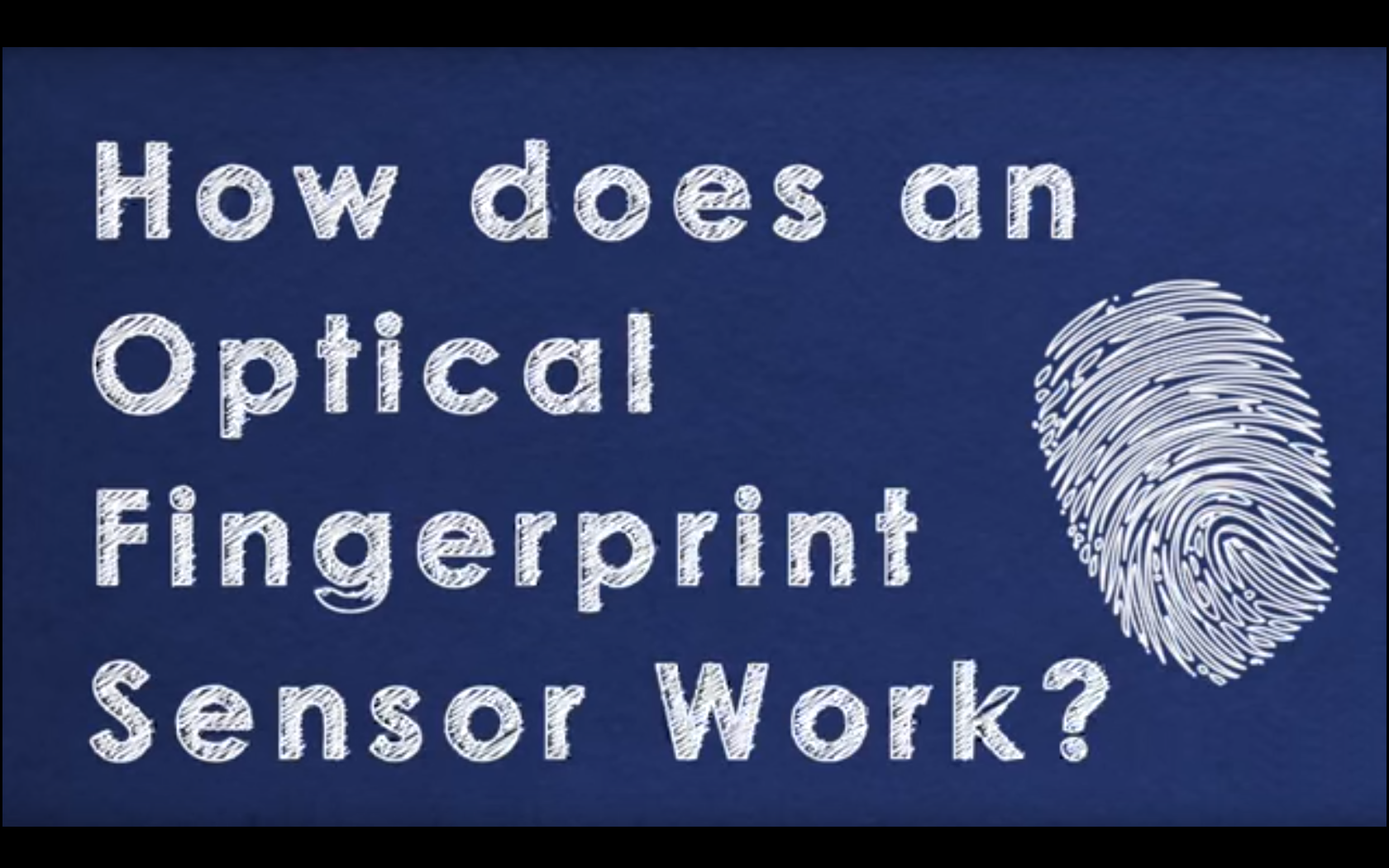Imagine, if you will, your typical 6th grade science classroom. A bored (or perhaps just overworked) instructor kicks open the door with one leg and wheels in a squeaky steel cart. To the top of the cart is strapped an ancient CRT TV with faux wood laminate sides. Below the TV sits a veritable coelacanth: a LaserDisc player. The instructor, her eyes as empty and dull as the blank page in my notebook, pulls the cart to the front of the room and announces that today is a special day. Today, we are going to watch an educational video.
I remember those old educational videos well. The LaserDisc’s image is clouded by the horrid quality of the CRT, and the speakers turn the narrator’s voice into a tinny ramble with as much emotion as a soup can full of rocks. I watch, eyes glazed like the donuts on the instructor’s desk, jaw slack, uncomprehending and wasting away under the influence of the boob tube.
Fortunately for the youth of today, things have come a very long way since those dark times. In fact, whether you believe it or not, an educational video has moved me to do something I’ve never willingly contemplated before in my life: it made me want to buy a physics textbook.
I’ve written in the past about the Physics Department at U of I and their Saturday Physics for Everyone lectures. For that article, I interviewed Professor Paul Kwiat of the Kwiat Quantum Information Group. (I think they missed a great opportunity by not spelling it “Kwantum”, but who am I to judge?) He was more than happy to talk about his specialty and the topic of his Saturday Physics lecture: light.
Intending to disseminate knowledge, the students working with Professor Kwiat (namely the remarkably talented Courtney Krafczyk, Rebecca Holmes, Michelle Victora, Jia Jun Wong, and Sheldon Scot Schlie) followed the lead of the Physics for Everyone lecturers by submitting an educational video to the Optical Society of America’s Enabled by Optics competition. And, much to their credit as instructors and physicists, they won!

Founded in 1916, the Optical Society of America (OSA) is a professional organization forthose working in optics or photonics. According to their website, the OSA provides “quality information and inspiring interactions that power achievements in the science of light”. The OSA’s Enabled by Optics Contest challenged contestants to “take apart any product that has an optical component, and show us how the optics technology is required to make the product work” in video format. As you can imagine, this was right up the Kwiat group’s fiber optic cable.
The group’s award-winning video, which is easily viewable here, is as much an artistic pursuit as an educational one. In it, the group explains the science behind an optical fingerprint scanner and somehow condenses the content of what surely amounts to an entire year’s worth of physics lectures into about four minutes of engaging images and clear explanation. Its visuals rival most big budget films, its script is concise and understandable, the video editing is absolutely superb, and the voice-over work is of a distinctly professional quality.
Winning the competition means not only a lot of dough ($1,000 to be exact) but also recognition on the OSA’s website, targeted exposure at their conferences, presentation of the video at various programs, circulation of the video amongst teachers as a resource (goodbye, dusty LaserDiscs!), and inclusion on the OSA’s YouTube channel. With the right mixture of luck and well-written proposals, this kind of exposure for the Kwiat group will hopefully snowball into grants and fellowships to allow them to continue their work and make even more contributions to the world of optics.
The group is already planning for the future, particularly in making more videos to spread the Good Word about physics. Out of the money they were awarded, some will be donated to The Malala Fund, which works to ensure girls’ rights to a safe, quality education, while the rest will be used to purchase an Adobe Premier license. (It’s remarkable how proper tools can be the rate-limiting factor when it comes to doing good work.) The group wants to use the software to help them start a YouTube channel of quality physics educational videos. I almost feel bad knowing that if I had won that money, I would have probably just thrown a party and rented a pony. I suppose this is why I’m not put in charge of things.
If the group is able to sustain the level of skill and professionalism showcased in their OSA video, I’m sure they’ll have no problem racking up the views on their YouTube channel and basking in whatever glory YouTube stardom brings. This increased exposure could enhance the publicity they’re gaining from having won the contest in the first place.
Past winners of the Enabled by Optics competition include explanations of barcode scanners, information storage on a CD/DVD, and electronic monitors. In 2015, in addition to the video created by the Kwiat group, there were videos exploring heads-up displays, DVD read heads, optical fibers, and cell phone cameras, to name just a few. All of the videos did a wonderful job of making the optics behind the devices approachable to a general audience.
I’m sure it was a very difficult decision for the judges, but in the end, I think that if you watch the videos, you’ll agree with them: the Kwiat group really surpassed the benchmark established by previous winners. They definitely deserved the award. Congratulations, Kwiat Group. You’ve really made the grade.
*Editor’s Note: In an oversight, the names of the designers and creators of the video were not included in the original article. This has been rectified.








